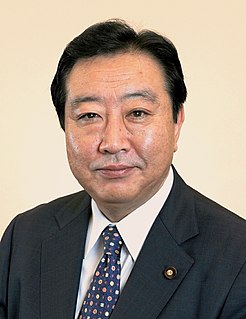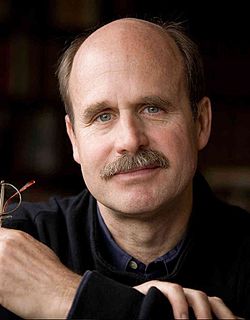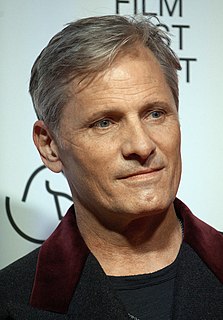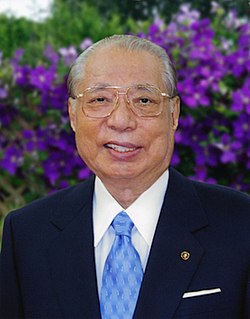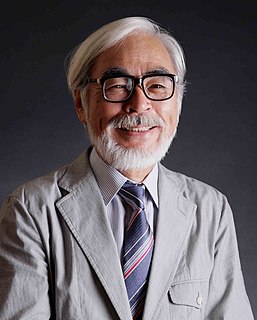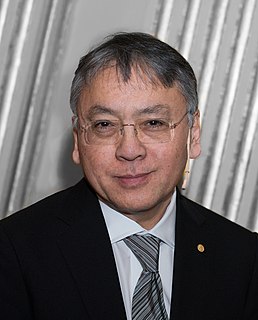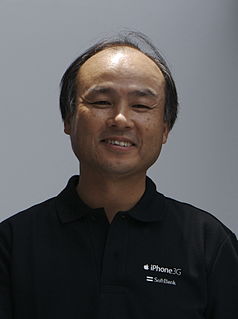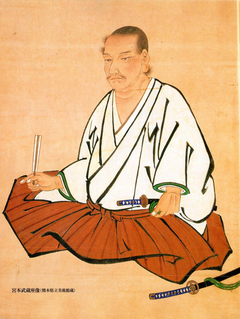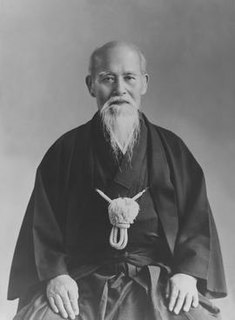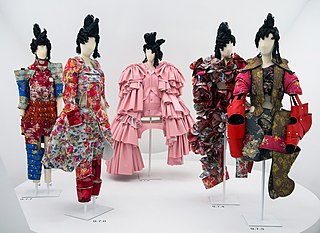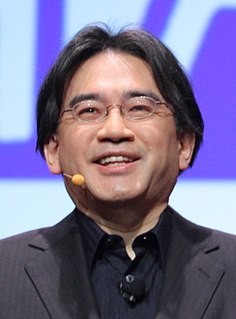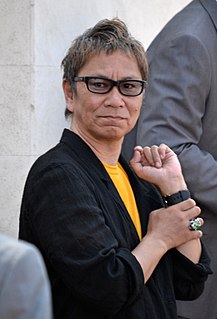A Quote by Morinosuke Kawaguchi
Girly’ products can spur Japan’s growth in this century every bit as much as, if not more than, the ‘manly’ technologies.
Related Quotes
The world has changed far more in the past 100 years than in any other century in history. The reason is not political or economic but technological-technologies that flowed directly from advances in basic science. Clearly, no scientist better represents those advances than Albert Einstein: TIME's Person of the Century.
"Girly" can be limiting if you're told it's the only option. I don't think the solution is to get rid of the girly stuff or decide it's oppressive and get mad at a singer or book for not ACCURATELY REPRESENTING ALL WOMEN. There just needs to be more options for girls who don't identify with the girly aesthetic, and can broaden the idea of what being a girl means. Similarly, there needs to be more of that stuff that can be aesthetically girly, but feminist in the actual message.
Growth works. What we're doing in the administration to spur growth in terms of regulatory form work. And what we're working is to make sure that those tax cuts add to that. We do believe that sustained 3 percent economic growth is possible and that that is the way you can balance the budget long-term.
Definitions get you into that time trap, and I'm very much more process-focused. Take Lucy, for example. Lucy is famous largely because she has almost a total skeleton. The more sophisticated we get with instruments, the more we can find out. Through CT scans of her skeleton, they now think she died falling out of a tree because of the way her bones are broken. If nineteenth and twentieth century technologies can retroactively transform our bodiment, what then do the technologies we now use do?




